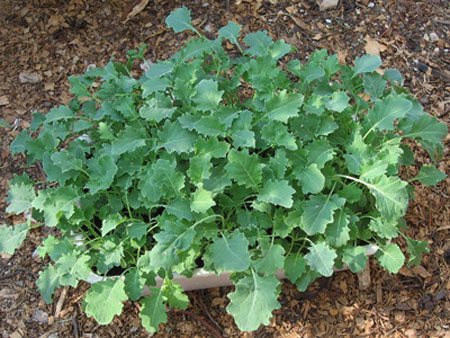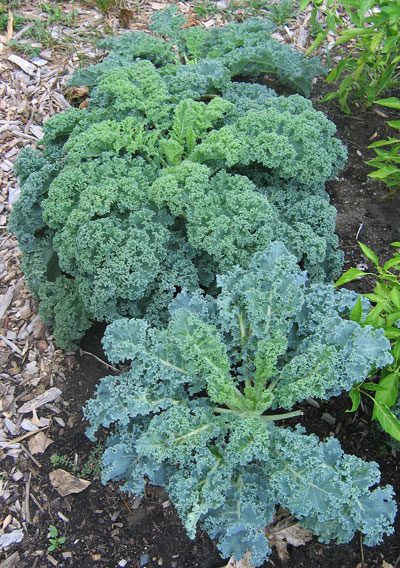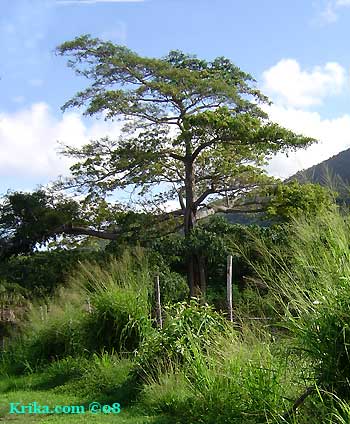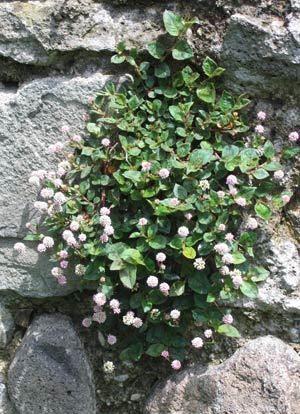| GreenGardeningCookingCuring.com | K
PAGE |
w |
| HOME |
| Tour Our Destination Websites | Taxco-Today.com | Oaxaca-Today.com | Montserrat-Today Site |
| See our silver designs at Krika.com | Read our travel stories and other tales at Krika.com |
|
|
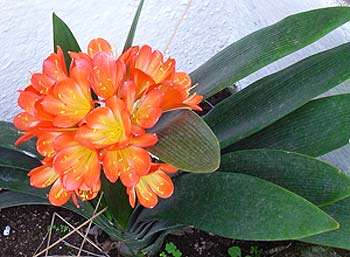 Kaffir
Lily, Clivia Clivia miniata Kaffir
Lily, Clivia Clivia miniataA strap shaped leaf plant that has large lovely deep orange flowers or creamy yellow flowers as in the photographs. Kaffir lilies grow best in a lightly shaded area of the garden. It has two (or maybe more) forms. One has wide very deep green leaves and huge flowers once a year. The other has narrower leaves and less spectacular flowers. I had my first Kaffir lily many years ago, a toss away from a friend who had no interest in dealing with the mealy bugs that had made it home. I used cedar oil very successfully until I went overboard and killed the heart of the mother plant. Fortunately there were side shoots that I quickly planted. Unfortunately, they did absolutely nothing in a lovely sunny window for many months. One day I had truly had it with watering a one leafed plant. I threatened it out loud, saying that if in a week it didn't show some promise it was "going out." The very next day a new leaf appeared and this little plant became a huge luxuriant Kaffir lily that never failed to bloom. It lived for a while in a suburb of Washington, D.C., spending its summers on my terrace. My El Salvadoran neighbor, Paquita, a very frail old woman who spoke no English, walked over one day and motioning to the clivia, said with a sweet smile (in translation), "That is how we live, closely, all together." Benefits: While the Kaffir lily is not edible and has no known medicinal uses, it does appear to clean the air. These days that is a great benefit indeed. From: South America Photographed: Below in the city gardens in Malaga, Spain, in 2012 and on the left at our hotel in the tiny beach side town of Mazunte on Oaxaca's wonderful Pacific coast. To see a bit more of this coast on one of our travel web sites, please click here Oaxaca-Today.com Scroll down till you get to a heading SIGHTS & SITES – OVERNIGHT EXCURSIONS FROM OAXACA. Planting and Care: Kaffir lilies are pretty easy to care for. Inside or outside they like bright shade, rich soil and care not to be over watered. Text and Photographs ©KO 2008/2010 and ©GreenGardeningCookingCuring.com 2012/2018 |
||
|
||
| Kalanchoes are a huge family of plants, most of which prefer to live in bright sun with well draining soil and infrequent watering. I did the best I could at identifying those that I've come across in my travels, but if you see an error or have something to add, please get in touch (use the mail to link below). One of the features of most of these plants is that they have substantiated medicinal benefits along with being toxic to one degree or another. If you are giving thought to using one of them for treating an illness of some sort, please get in touch with your physician before doing so. You certainly don't want to do more harm than good if you are already ill. | ||
| Chandelier
plant, Mother of Millions Kalanchoe tubiflora Obviously, the two photographs of this plant were taken at different times of the year. On the right at the time of year that earned this little treasure its name. Benefits: This and other kalanchoes have a long history of being used in traditional medicines. From: Madagascar and tropical Africa. Photographed: In the Botanical Garden at the Hotel Atitlan on Lake Atitlan in Guatemala. Planting and Care: Full sun and relatively scant water will keep the chandelier plant content. It will grow tiny plantlets at the tips of its stick like leaves which will keep you in good supply of new plants. Warning: I have seen reports that this plant is poisonous for farm animals, pets, and for us as well. I have also seen reports that it is not toxic. Text & Photographs ©KO 2010 and ©GreenGardeningCookingCuring.com 2012/2018 |
||
|
||
|
||
| Donkey's
Ears, Life Plant, Palm Beachbells, Miracle Leaf, Tree
of Life Kalanchoe gastonis-bonnieri, Bryophyllum
gastonis-bonnieri, Kalanchoe adolphi-engleri This is a rather large leaved form of kalanchoe. What you see in the photograph on the left are leaves about 3 or 4" long. From: Madagascar Photographed: In the Botanical Garden at the Hotel Atitlan on Lake Atitlan in Guatemala. Planting and Care: This plant will grow to be at least 2' tall and will need some space to the sides as well. It likes to be in bright semi shade and will do just fine with a somewhat restricted amount of water. It is not frost hardy. Text & Photograph ©KO 2010 and ©GreenGardeningCookingCuring.com 2018 |
||
|
||
| **Flaming
Katy, Christmas Kalanchoe, Florist Kalanchoe Kalanchoe
blossfeldiana syn Kalanchoe
globulifera var. coccinea Below on the left is a photograph of this plant taken in December in our below deck garden where at that time of year it is in a bright, but shady area. In the photograph below on the right it is the same plant still flowering in late May when it was in full sun almost all day. Its leaves have taken on a bronze coloring and the entire plant is thriving. Benefits: Kalanchoe are used extensively in traditional medicine. Please check with your physician before experimenting with any curative plants in traditional medicine. From: Madagascar Photographed: In our deck garden at our former home in Montserrat Planting and Care: Flaming Katy is a frost sensitive perennial that prefers direct sun in the morning and bright shade later in the day. It lives best in a well draining soil with rainfall or watering when the soil has had a chance to dry out. It will bloom for most of the year as you can see below. Text and Photographs ©KO 2009/2010 and ©GreenGardeningCookingCuring.com 2018 |
||
|
||
To see a little more of this area of the State of Oaxaca, Mexico, click here |
||
|
||
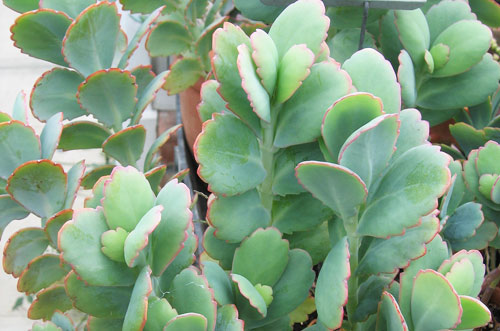 Lavender
Scallops, Kalanchoe Stonecrop, South American Air Plant,
Gray Sedum Kalanchoe fedtschenkoi syn.
Bryophyllum fedtschenkoi Lavender
Scallops, Kalanchoe Stonecrop, South American Air Plant,
Gray Sedum Kalanchoe fedtschenkoi syn.
Bryophyllum fedtschenkoiBenefits: Lavender scallops is said to have healing powers in traditional medicine. From: Madagascar Photographed: In the Blithewold Garden in Bristol, Rhode Island 2013. Planting and Care: Lavender scallops at maturity will be about 2 feet tall. Like most kalanchoes it likes full sun and a limited amount of water so it is especially easy to grow always remembering it likes a warm climate. It is quite stunning when in bloom. Warning: Lavender scallops kalanchoe is toxic to animals. Text and Photograph ©GreenGardeningCookingCuring.com 2013/2018 |
||
**Magic
Tower Kalanchoe
Kalanchoe serrata |
||
|
||
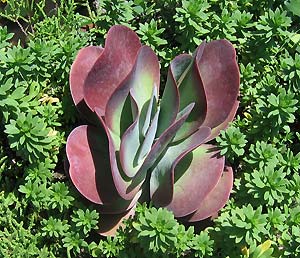 Paddle
Leaf Kalanchoe, Flapjacks, Red Pancakes, Desert Cabbage Kalanchoe
luciae Paddle
Leaf Kalanchoe, Flapjacks, Red Pancakes, Desert Cabbage Kalanchoe
luciaeLike the Flapjack Kalanchoe above this is an especially appealing member of the Kalanchoe family. Benefits: From: South Africa Photographed: On the right at the Hotel Atitlan on Lake Atitlan in Guatemala in 2010. Planting and Care: Plant in full sun in sandy well draining soil and give it a reasonable amount of water and the paddle leaf will be off and running. It is not a slow grower. It is easily mistaken for the Kalanchoe thyrsiflora which you can see above. The difference is mainly in the depth of the red on the leaves. The long stems arising from the paddle leaf bare tubular yellow flowers. Warning: The paddle leaf kalanchoe is poisonous to animals. Text and Photograph ©GreenGardeningCookingCuring.com 2010/2018 |
||
|
||
|
||
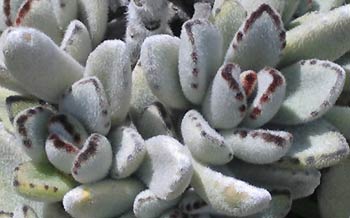 Pussy
Ears, Panda Plant, Chocolate Soldier Kalanchoe
tomentosa Pussy
Ears, Panda Plant, Chocolate Soldier Kalanchoe
tomentosaThis furry plant is striking even in a garden of other unusual plants. Benefits: The Kalanchoe tomentosa is said to have medicinal benefits, but do speak to your physician before using any part of this plant. From: Madagascar Photographed: In the Botanical Garden at the Hotel Atitlan on Lake Atitlan in Guatemala. Planting and Care: Like other kalanchoes, this one prefers full sun and only a moderate amount of water. It will grow to be around 1.5 feet when mature. It will do well as a houseplant because it is tolerant of dry air. Warning: Pussy Ears is poisonous for cats & dogs. Text and Photograph ©GreenGardeningCookingCuring.com 2010/2018 |
||
**Kale Brassica
oleracea |
||
|
||
| **Kalihari in India See The "S" Page -- SUPERB LILY | ||
| Please also see the S Page -- Silk Floss Tree | ||
| **Key Lime Tree See The "L" Page -- LIME TREE | ||
| King's Mantle See the "T" Page -- THUNBERGIA -- King's Mantle | ||
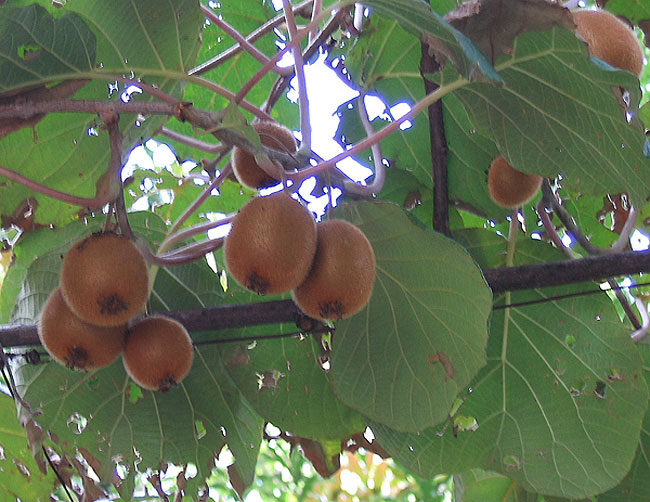 Kiwifruit, Chinese
Gooseberry Probably this one is A. deliciosa Kiwifruit, Chinese
Gooseberry Probably this one is A. deliciosaOddly enough, the kiwi fruit grows on a vine, not a tree. This probably means you can have the fruit much more quickly than if you have to plant a tree. Benefits: Having a kiwi now and then will certainly not hurt you. These fruits are delicious and a great source of Vitamin C. From: China Photographed: In the (Ortobotanico) Botanical Garden in Naples, Italy, in 2014. Planting and Care: Kiwifruit vines are not particularly strong so they are usually trailed over a support system. They will grow in any temperate climate, but prefer a warm and sunny summer. This is probably not a perfect fruit for the home gardener as it is very difficult to pollinate, even when you are lucky enough to have both a male and female plant. Text ©KO 2008 and ©GreenGardeningCookingCuring.com 2015/2018 |
||
 Kniphofia,
Red Hot Poker, Torch
Lily, Knofflers, Poker Plant Kniphofia Kniphofia,
Red Hot Poker, Torch
Lily, Knofflers, Poker Plant KniphofiaThere are many varieties of this plant which has red, orange and yellow fleshy flowers which grow on a spike with blooms arriving normally in late summer. It is one of my husband's favorites! Benefits: Kniphofia is loved by hummingbirds and bees. From: Africa Photograph: Taken of market flowers in Oaxaca, Mexico. To see more of the city visit our travelers information site, www.Oaxaca-Today.com Planting and Growth: Kniphofia like to live in well draining soil in full sun with a moderate amount of water. They are tough plants that will survive without assistance during times of drought. Kniphofia do not like to be moved so think ahead before you plant one. Warning: Kniphofias are toxic if eaten and can cause skin and eye irritations as well. Text and Photograph ©KO 2008/2010 and ©GreenGardeningCookingCuring.com 2018 |
||
|
||
|
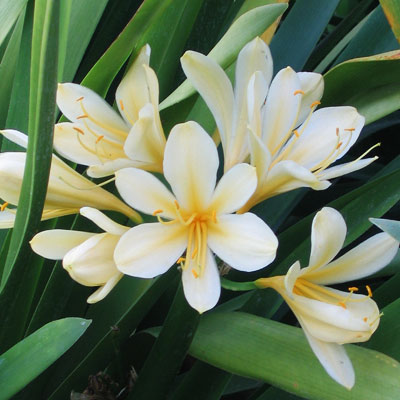
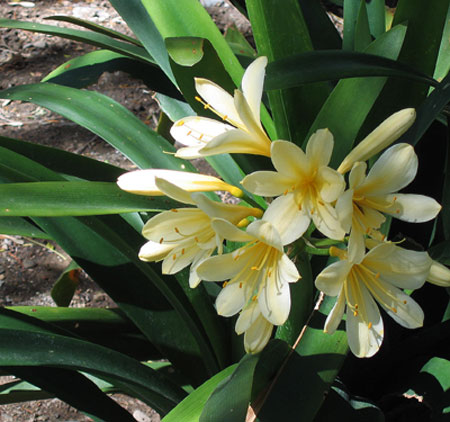
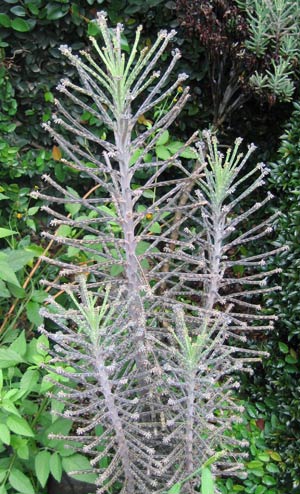
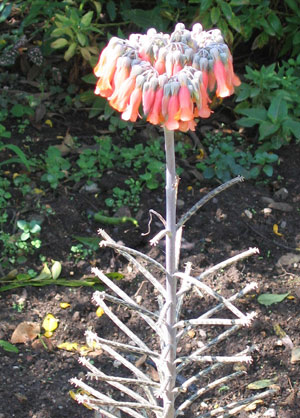
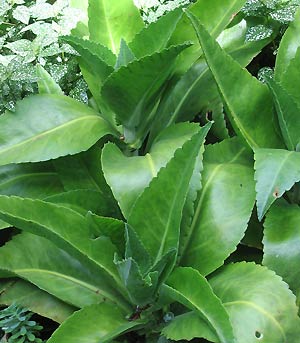 Devil's
Backbone, Mother
of Thousands,
Alligator Plant, Mexican Hat Plant Kalanchoe
daigremontiana Hamet & Perrier syn. Bryophyllum
daigremontianum or Bryophyllum pinnatum
Devil's
Backbone, Mother
of Thousands,
Alligator Plant, Mexican Hat Plant Kalanchoe
daigremontiana Hamet & Perrier syn. Bryophyllum
daigremontianum or Bryophyllum pinnatum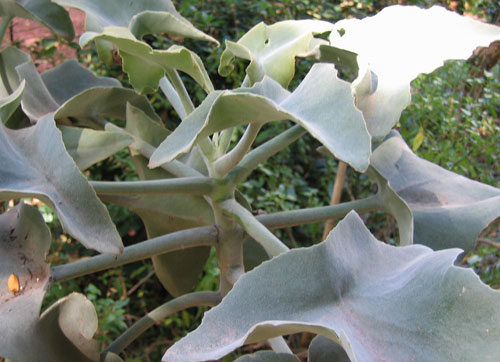 Elephant
Ear Kalanchoe, Felt bush, Feltbush Kalanchoe
beharensis
Elephant
Ear Kalanchoe, Felt bush, Feltbush Kalanchoe
beharensis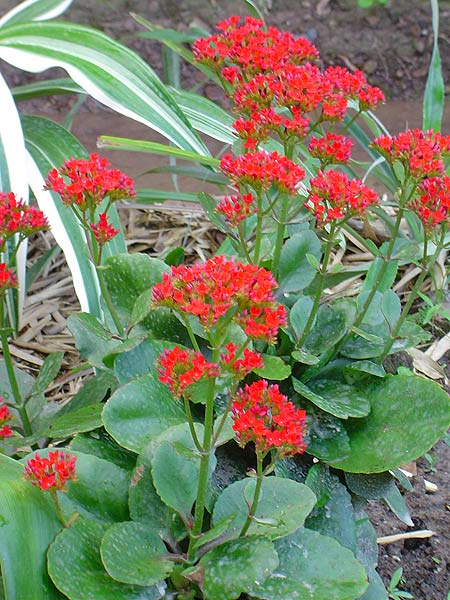
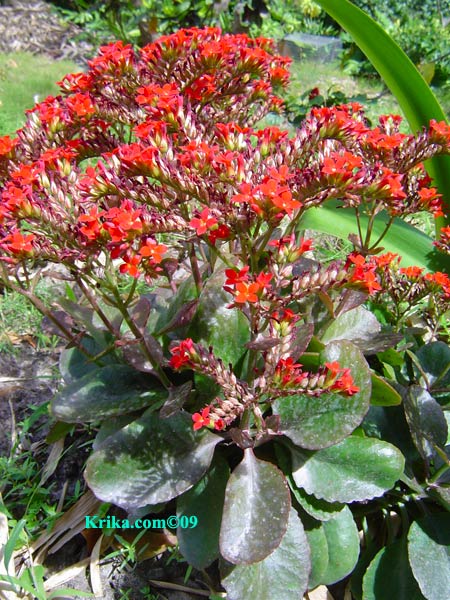
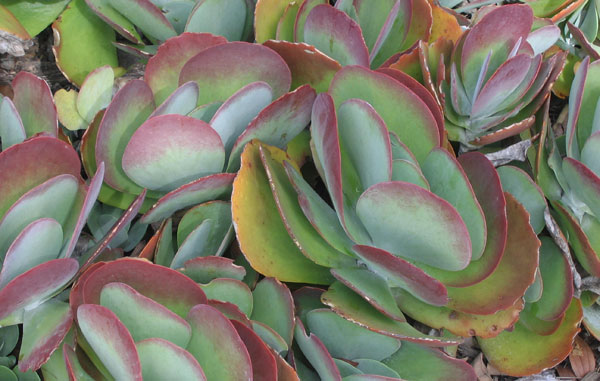 Flapjack
Kalanchoe, Desert Cabbage Kalanchoe
thyrsiflora
Flapjack
Kalanchoe, Desert Cabbage Kalanchoe
thyrsiflora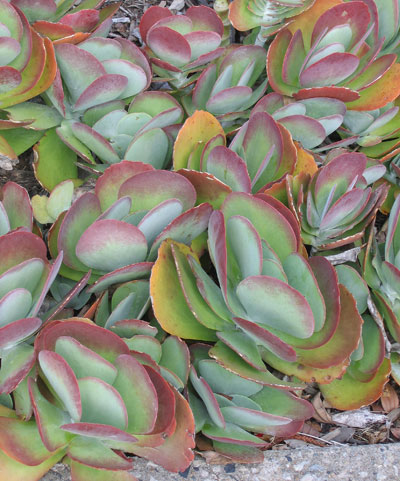
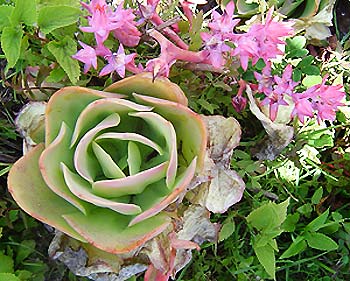
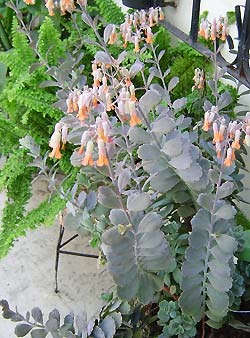 Marnier’s
Kalanchoe Kalanchoe
marnieriana H. Jacobsen syn. Bryophyllum marnierianum and Kalanchoe humbertii
Marnier’s
Kalanchoe Kalanchoe
marnieriana H. Jacobsen syn. Bryophyllum marnierianum and Kalanchoe humbertii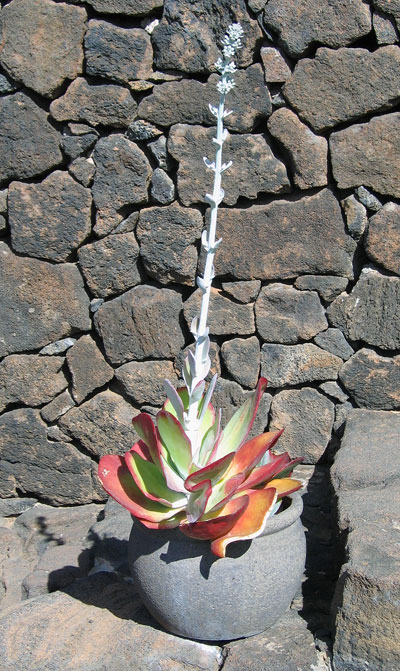
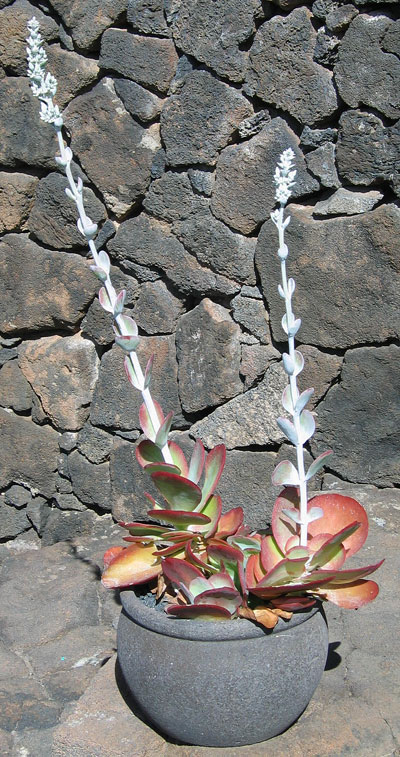
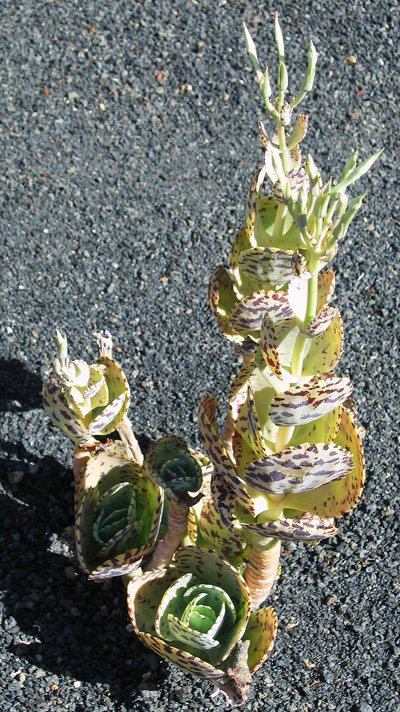 **Penwiper
Plant Kalanchoe
marmorata, Kalanchoe grandiflora
**Penwiper
Plant Kalanchoe
marmorata, Kalanchoe grandiflora